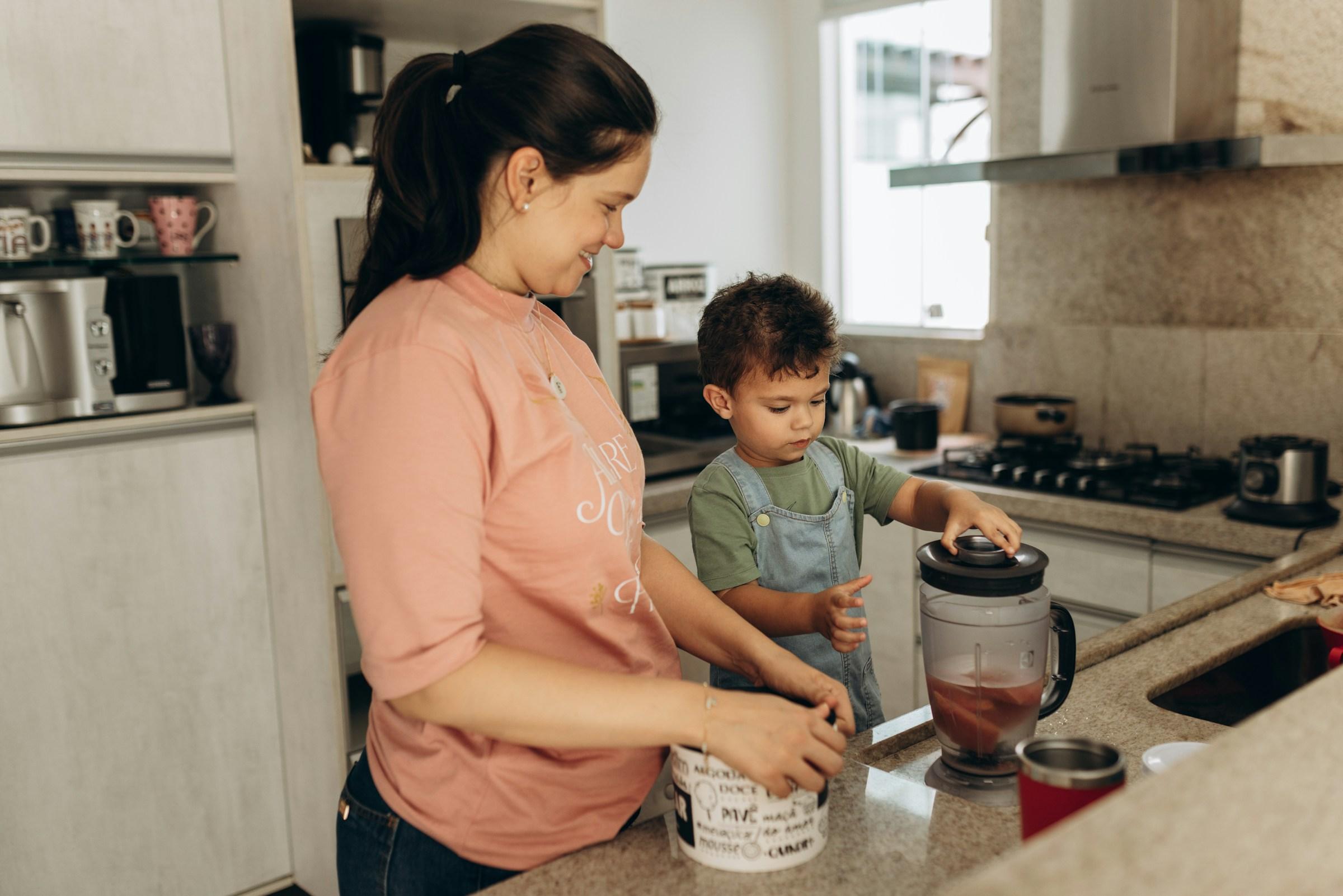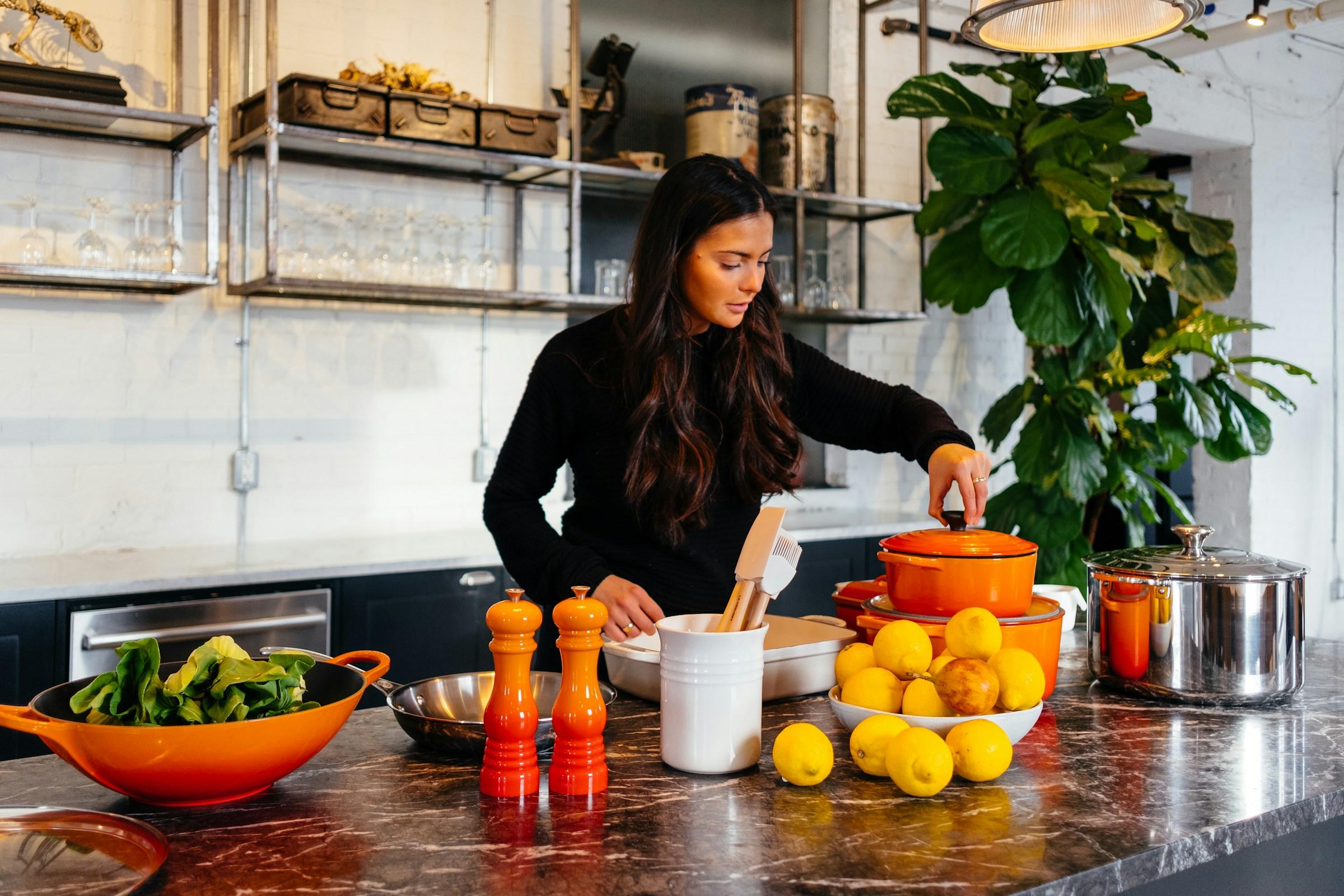A jar of turmeric sits by the stove, golden and dependable, the color you reach for when soup feels flat or when roasted cauliflower needs a glow. In many kitchens the habit is automatic. A pinch for color, a little more for warmth, a final sprinkle for comfort. If you are also trying to rebuild your energy or you are watching your ferritin climb back to a healthy range, the same pinch raises a quiet question. Can a beloved spice interfere with the iron you are trying so carefully to absorb. The honest answer begins at the table but travels through chemistry, appetite, and daily routine. It is less about fear and more about design.
Iron arrives on your plate in two main forms. Heme iron comes from animal foods like beef, lamb, chicken, and fish, and it slips through intestinal gates with relative ease. Non heme iron comes from plants like beans, lentils, spinach, nuts, seeds, tofu, and fortified grains, and it needs more support to cross from the meal into the bloodstream. Turmeric contains curcumin, a compound with a talent for binding metals and a habit of competing for the same cellular transport steps that non heme iron depends on. Heme iron uses a different doorway, so the tug of war matters less for a steak than for a spinach dhal. From a practical point of view, a turmeric forward vegan curry places more demands on absorption than a turmeric rubbed roast chicken, not because plant food is inferior but because the chemistry is arranged differently.
Amounts matter and they matter in context. A teaspoon of ground turmeric weighs around three grams, yet curcumin makes up only a fraction of that. In the home kitchen, most people cook with spice level doses. The effect on iron uptake at these levels is modest and easily shaped by what sits beside the spice. Vitamin C turns non heme iron into a friendlier form. A squeeze of lemon, a handful of tomatoes, a bright relish of chilies, mango, or guava, all give the plant iron a lift without turning dinner into an experiment. A lentil curry eaten alone will behave differently from the same curry finished with lime and served with a tomato cucumber salad. The food is the same. The company changes the outcome.
Supplements tell a stronger story and deserve a separate lane in your routine. Concentrated curcumin capsules deliver far more active compound than a teaspoon of powder. Many include piperine, the alkaloid in black pepper that raises curcumin bioavailability. The goal is potency for joints, skin, or general inflammation support. The consequence is that the same potency can magnify curcumin’s habit of tying up iron in the gut. If a clinician has placed you on iron tablets, the safest move is not to abandon curcumin but to separate the timing. Your iron pill wins when it is not sharing a window with a high dose curcumin capsule. Your curcumin wins when it is taken away from the iron supplement it might otherwise blunt. A little space on the clock keeps both intentions intact.
This is where a home becomes an ally. A good kitchen runs on rhythm. Dough rises while sauce simmers. Herbs are chopped at the end so they stay bright. The same choreography can protect iron while keeping your favorite flavors. Place iron rich or iron fortified meals where they have supportive cast members. Add fruits and vegetables rich in vitamin C. Keep coffee and tea an hour away because their polyphenols also compete with plant iron. Enjoy your turmeric rich dishes at times when the plate does not need to do most of your iron work. If you swallow iron tablets, give them their own stage. For many people that looks like iron first thing in the morning with water, breakfast an hour later with fruit, and a curcumin supplement in the afternoon or evening. None of these are hard rules. They are small rearrangements that pay off across weeks.
Method matters, though not always in the way people assume. Blooming turmeric in oil at the start of a dish pulls flavor forward and carries aroma through the pot. From an iron perspective, blooming is fine. What moves absorption more is the make up of the meal. A spinach soup with turmeric feels virtuous and comforting. It also carries oxalates that already make its iron less available. The soup is nourishment but it is not a strong iron source. Save your best absorption tricks for plates that can deliver. Think red meat paired with a tomato and herb salad. Think chickpeas with lemon, roasted peppers, and a handful of parsley. Think tofu stir fry finished with pineapple or orange segments. The food tastes lively and the chemistry works with you.
Even your cookware can nudge the numbers. A well seasoned cast iron pan can donate small amounts of iron to acidic foods as they cook. A tomato based curry or a lemony chickpea stew will pick up trace iron from the pan’s surface. This is not a cure for deficiency and it is not a substitute for prescribed tablets or infusions. It is a quiet boost that adds up when you cook often. Repetition is the quiet engine of health. A hundred tiny nudges carried out across a month will move you farther than a single dramatic act.
The body is not passive in this process. When iron stores are low, the gut becomes more permissive and opens its gates to capture more iron. When stores are full, the gates tighten. This internal loop protects you from deficiency and overload. Curcumin’s interaction sits on top of that loop. If your stores are normal and your meals are varied, turmeric in food is unlikely to knock you into deficiency by itself. If your stores are low, you want every helpful nudge. That is where timing and pairings start to matter more. The goal is not to remove the spice you love. The goal is to place it where it serves your recovery rather than slowing it.
For anyone who takes comfort in a daily golden milk, placement is your best friend. If evenings are when you take an iron supplement, move the golden milk to late afternoon. If mornings belong to fortified cereal or a tofu scramble meant to carry a good share of your iron for the day, enjoy the golden milk between meals or later in the evening. Nothing about the drink must disappear. It simply needs a new hour on the clock so it does not compete with the iron you set aside the rest of the day to support.
Black pepper deserves a short moment because many recipes marry pepper and turmeric. In cooking, pepper delivers flavor and a spark. It also brings piperine, the same compound used to increase curcumin bioavailability in supplements. At normal culinary amounts the effect on iron absorption is small and the taste is the bigger reason to keep the pairing. If you are already taking a high dose curcumin capsule with added piperine elsewhere in your day, you have raised exposure already. There is no need to chase more synergy at the meal where iron matters. You can keep the pleasure of pepper when you want it and keep the focus on iron when that is the priority.
Plant based eaters often worry that turmeric places them at special risk because their iron is mostly non heme. The more accurate view is that plant based diets ask for deliberate construction rather than avoidance. Non heme iron needs vitamin C and repetition. Build the habit of layering both. A chickpea stew with turmeric gains power when finished with lemon zest and juice, parsley, and a side of tomatoes. A bowl of tofu, brown rice, and greens turns into a stronger iron contributor when garnished with kiwi, orange segments, or a crunchy slaw dressed with lime. Fortified oats are better friends when served with berries. The spice profile does not have to change. The garnish and the timing do the heavy lifting.
Certain life stages lift the stakes. Children and teens need more iron because growth is impatient. Pregnant people need more iron because their bodies are building for two. In these seasons, rhythms that protect iron are worth turning into muscle memory. Serve turmeric rich dishes with vitamin C bright sides. Keep tea and coffee out of the same hour as iron heavy meals. If a clinician has prescribed iron, honor the tablet with a clear window and let curcumin live elsewhere in your day. These are not restrictions that drain pleasure. They are adjustments that keep your menu intact while pointing nutrients in the right direction.
The halo around turmeric often comes from research that uses standardized curcumin extracts at doses higher than any home cook will reach with a teaspoon. Those studies build the case for anti inflammatory potential. They do not demand that you empty your spice jar into every stew. A food lens helps keep dosage honest and expectations kind. You can keep turmeric for warmth and color, and still protect iron by shaping the plate and the schedule. The kitchen becomes a negotiation that you lead, not a courtroom that declares extremes.
It helps to counter the fear that one spice can sabotage a diet. Meals are not single variables. A bowl carries ingredients that push and pull, complement and compete. Garlic, onions, and herbs feed gut bacteria that in turn support nutrient status across time. Protein influences how the stomach empties. Fiber slows the ride and smooths blood sugar curves. Fat carries flavor and can shape satisfaction, which influences whether you graze on snacks or sit for a balanced plate. The daily pattern matters more than any single ingredient. Turmeric is a color, a comfort, and a note in the chord, not the whole song.
If you like to make progress visible, you can test all of this without turning dinner into a lab. Choose four weeks. Plan two or three iron forward meals each week and give them the full supporting cast of vitamin C rich sides. Cook in cast iron when it suits the recipe. Keep coffee and tea for later. Let turmeric be free on nights when iron is not the star and place high dose curcumin supplements in a different part of the day from iron tablets. If you have recent lab results, you can compare how you feel with your next check. Often energy improves before numbers fully reflect change. Sleep quality, mood, and exercise tolerance are quiet messengers that tell you the system is rebuilding.
There are clear signs that invite professional help. Persistent fatigue that does not match your schedule, breathlessness during small efforts, frequent headaches, brittle nails, or increased hair shedding can point to low iron, low ferritin, or other problems that mimic these symptoms. A clinician can test, diagnose, and plan. If you receive iron tablets or a schedule of infusions, the kitchen can move from a place of anxiety to a patient partner. You will not need to remove turmeric from your life. You will learn where it belongs so your treatment earns its best chance.
In the end, the pleasure of a home kitchen is that it teaches timing. You wait for water to boil. You let dough rise. You scatter herbs at the last minute so they arrive bright. Iron and turmeric belong to that same sense of when. Place high dose curcumin supplements where they do not compete with iron pills. Anchor iron rich or iron fortified meals with citrus, tomatoes, kiwi, guava, or peppers. Keep your tea ritual intact by moving it a bit away from lunch. Let your beloved golden milk live in a different hour from your iron. Nothing dramatic changes on the plate. The chemistry changes enough to matter.
If you want a single sentence to remember, let it be this. Support iron when you need it and enjoy turmeric when you want it. A pantry can hold both intentions at once. A schedule can respect both without effort once the rhythm takes shape. The jar can keep its place by the stove. The color can stay in your soup. The warmth can live in your curry. Your body can receive what it needs because you arranged your day with care.





.jpg&w=3840&q=75)








